When I first started growing my dwarf trees, I quickly realized the unique challenges that many gardeners face with pests. Their smaller size often makes them more susceptible to pest infestations than their full-sized counterparts, especially when the environment isn’t balanced. Through years of hands-on experience, I’ve learned that having the right knowledge and using reliable tools for tree insect management can truly protect your trees and keep them healthy. Whether it’s learning how to prevent infestations before they start or how to manage them effectively when they appear, simple and practical tips shared in this blog can help any gardener keep their miniature trees thriving season after season.
Why Dwarf Trees Are Vulnerable to Pests🫣
From my gardening experience, I’ve noticed that dwarf trees with compact root systems and smaller canopies are often more susceptible to pests. When planted in confined spaces with limited space and fewer nutrients, these conditions create stress that can weaken the tree, making it a prime target for insects and bugs that easily invade.
In my experience, dwarf trees often face serious issues from pests that feed on their sap, leaves, and branches. These insects and larvae may damage young growth and cause visible yellowing or deformities.
- Aphids are small, soft-bodied insects that make leaves curl and turn yellow.
- Spider mites, tiny arachnids, thrive in dry conditions and cause reduced growth.
- Mealybugs often hide in crevices and leave a sticky substance that leads to mold growth.
- Scale insects attach to branches and drain nutrients from the tree.
- Caterpillars, the larvae of moths, can defoliate a tree by eating and damaging young shoots.
Preventing Pests from Infesting Your Dwarf Trees💪🏼
To protect your dwarf trees, I always take a proactive approach using smart strategies for preventing pests before they become a serious problem. A little attention and regular care go a long way in keeping your garden healthy and thriving.
- Choose pest-resistant varieties when planting dwarf fruit trees that stay naturally resistant to common insects.
- Maintain proper spacing and avoid overcrowding to allow good air circulation and prevent excess buildup of moisture that attracts fungus gnats and mealybugs.
- Inspect regularly for signs like discolored leaves or tiny holes—early detection helps you address issues before the pest spreads.
- Encourage beneficial insects such as ladybugs and lacewings, which act as natural predators to keep pest populations in check.
- Apply mulch or compost around the base to retain moisture, suppress weeds, and discourage unwanted pests, but stay cautious to avoid creating a pest habitat.
Managing Pests on Your Dwarf Trees👊🏼
When managing and treating pests on dwarf trees, I prefer simple and natural methods that are safe for the tree and its foliage while still effective against common invaders.
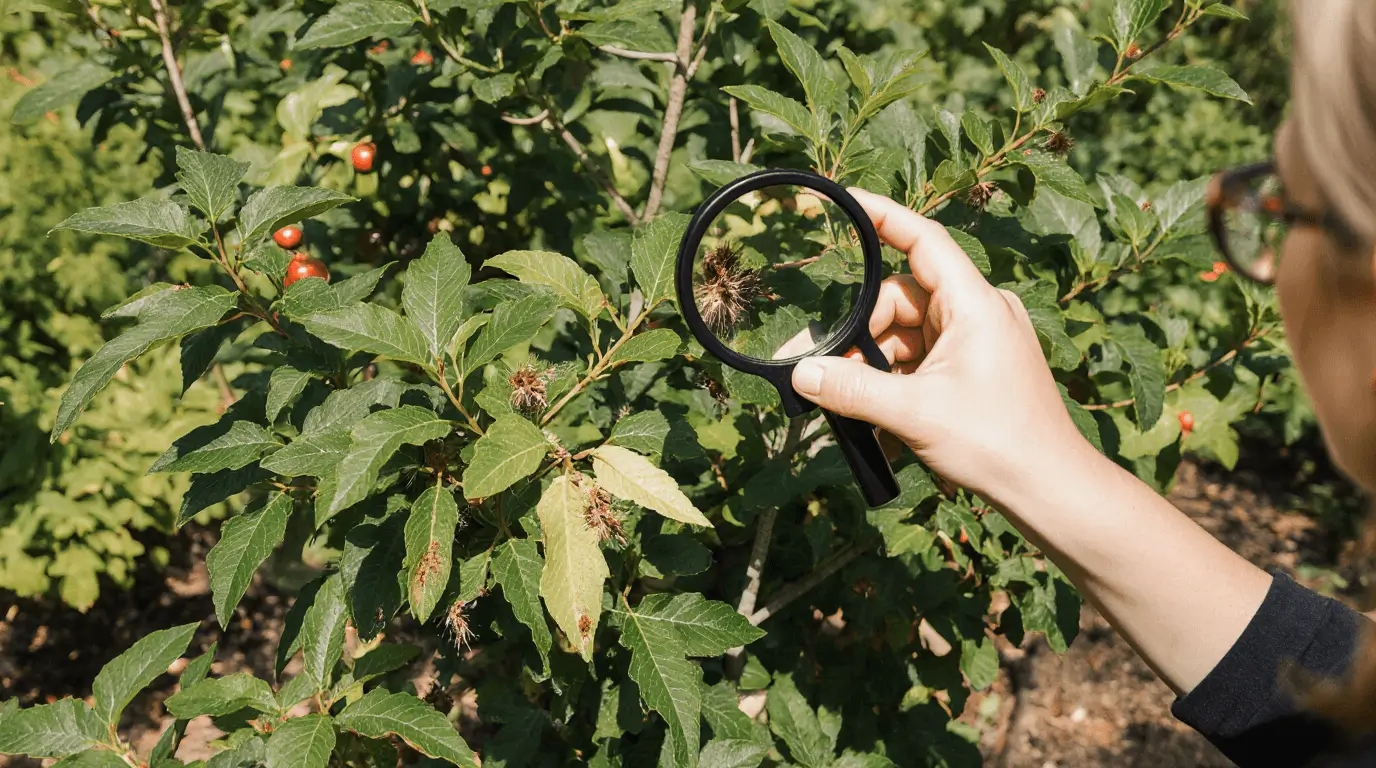
- Use insecticidal soap or a non-toxic spray to eliminate soft-bodied insects such as aphids and mealybugs from affected areas without causing damage.
- Apply neem oil, a natural pesticide, to control a variety of pests like spider mites and caterpillars by disturbing their hormonal systems and stopping them from feeding or reproducing.
- Try hand-picking larger pests—though labor-intensive, it helps for small infestations where direct removal is most effective.
- Use companion planting with herbs such as marigolds, lavender, or garlic to repel harmful pests and attract beneficial insects that deter others naturally.
- Place sticky traps near the base to catch flying insects like whiteflies and gnats, helping monitor and reduce pest populations.
Dealing with Pest-Related Damage🫠
When pests cause damage to your dwarf trees, act quickly to help them recover and stay healthy before they become more vulnerable.
- Prune damaged leaves and branches to encourage new growth and prevent the problem from spreading.
- Fertilize the tree with a balanced fertilizer to provide essential nutrients and help it bounce back.
- Water properly by giving enough water, avoiding both under watering and over watering, as stress can weaken your trees.
Natural Solutions for Pest Control🌿✨
From my gardening experience, a natural approach to pest management works best when you rely on eco-friendly solutions that protect your dwarf trees without harming the environment.
- Try a garlic spray made by blending garlic, water, and a little soap into a homemade spray that acts as a natural repellent against common pests.
- Use diatomaceous earth, a natural powder, sprinkled around the base to kill ants, slugs, and grubs safely without hurting your tree.
- Mix essential oils like peppermint or rosemary with water and spray it to repel insects naturally, keeping your garden healthy and pest-free.
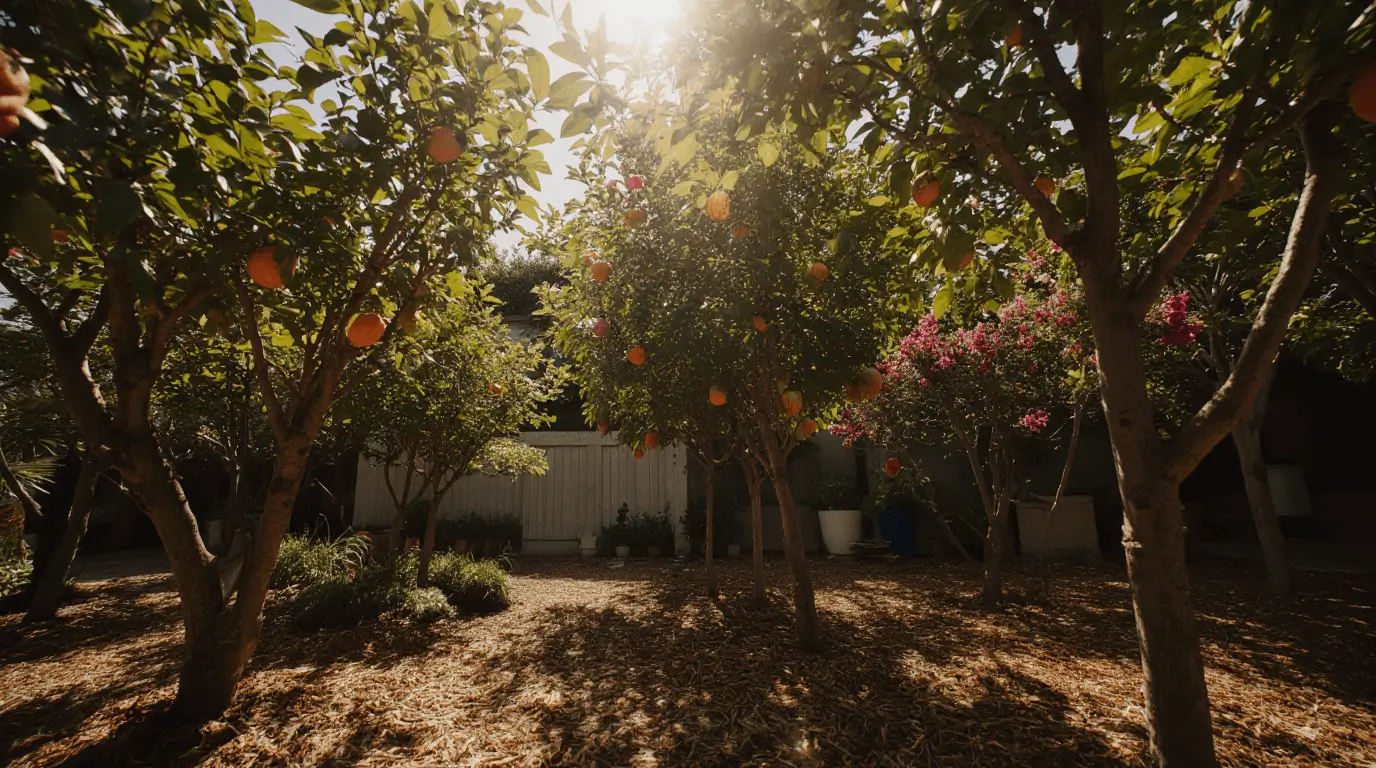
Keep Your Dwarf Trees Pest-Free and Thriving✨❤️
From my experience, understanding the different types of pests that can harm your dwarf trees is the first step toward long-term success. A smart combination of prevention, management, and treatment methods will help ensure your trees stay healthy and productive.
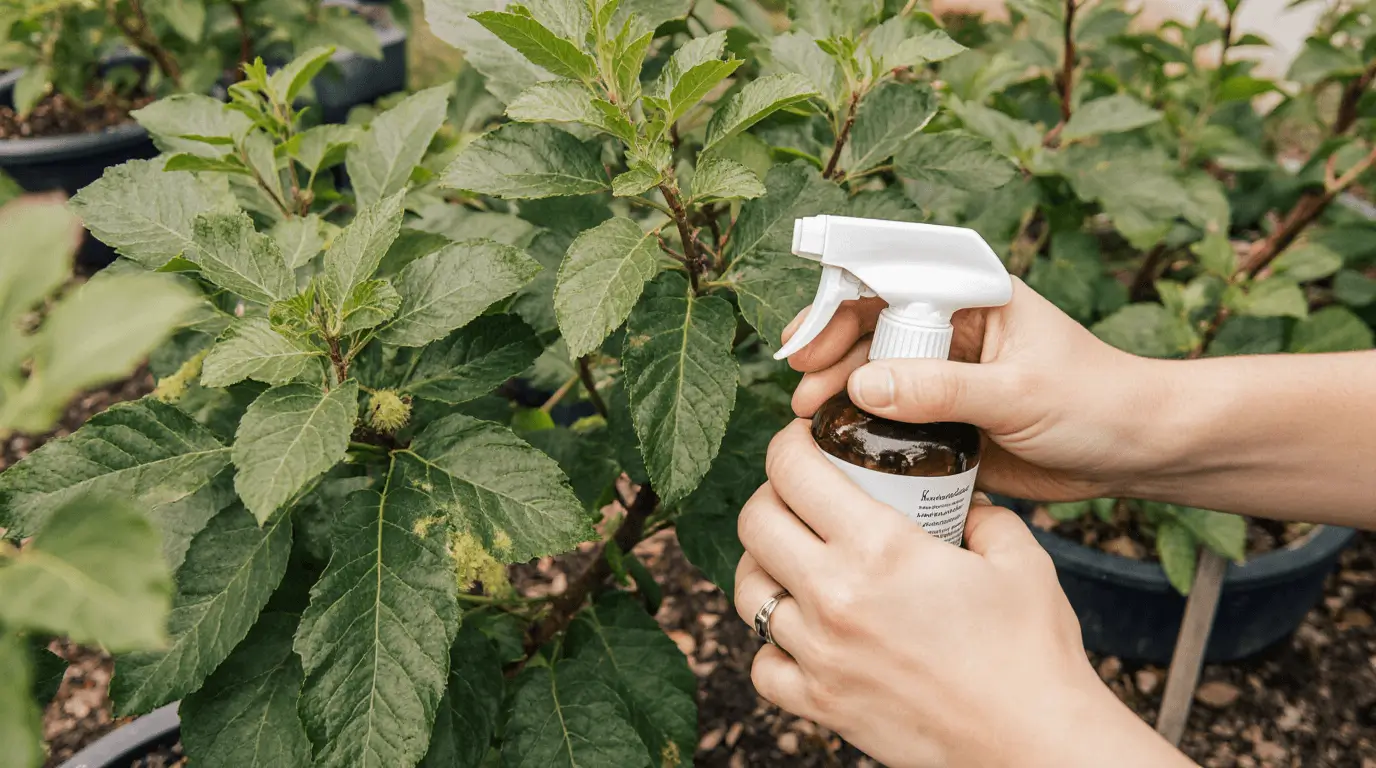
Whether you’re growing dwarf fruit trees, flowering dwarf trees, or ornamental dwarf trees, taking action early against potential threats can keep them thriving for many years to come.
Read Also: Tropical Fruit Trees: Grow Exotic Paradise at Home (Grow Guide)

🌿 Conclusion
Keeping your trees healthy starts with consistent tree insect management. From identifying early signs of pest activity to using natural control methods, a balanced approach ensures your trees stay strong, beautiful, and pest-free all year. By combining prevention, management, and care, you not only protect your trees but also create a thriving environment that supports long-term garden health.
Read Also: Natural Healing & Wellness: Nature’s Remedies Guide
🌱 FAQs
1. What is the best natural method for tree insect management?
The best natural methods include using neem oil, garlic spray, and diatomaceous earth, which repel or kill insects without harming the environment or tree.
2. How often should I inspect my trees for pests?
Inspect your trees at least once every two weeks during active growing seasons. Look for leaf discoloration, holes, or sticky residue, which can signal pest activity.
3. Can overwatering attract tree pests?
Yes. Overwatering can create excess moisture, attracting insects like fungus gnats and causing root rot, which weakens the tree and makes it more vulnerable.
4. Are chemical sprays safe for fruit trees?
Some are, but organic or natural sprays are preferred for fruit trees since they are safer for consumption and beneficial insects like bees and ladybugs.
5. How do I prevent pests from spreading to other trees?
Regularly prune affected branches, maintain proper spacing, and use sticky traps or companion planting to stop pests from migrating across your garden.

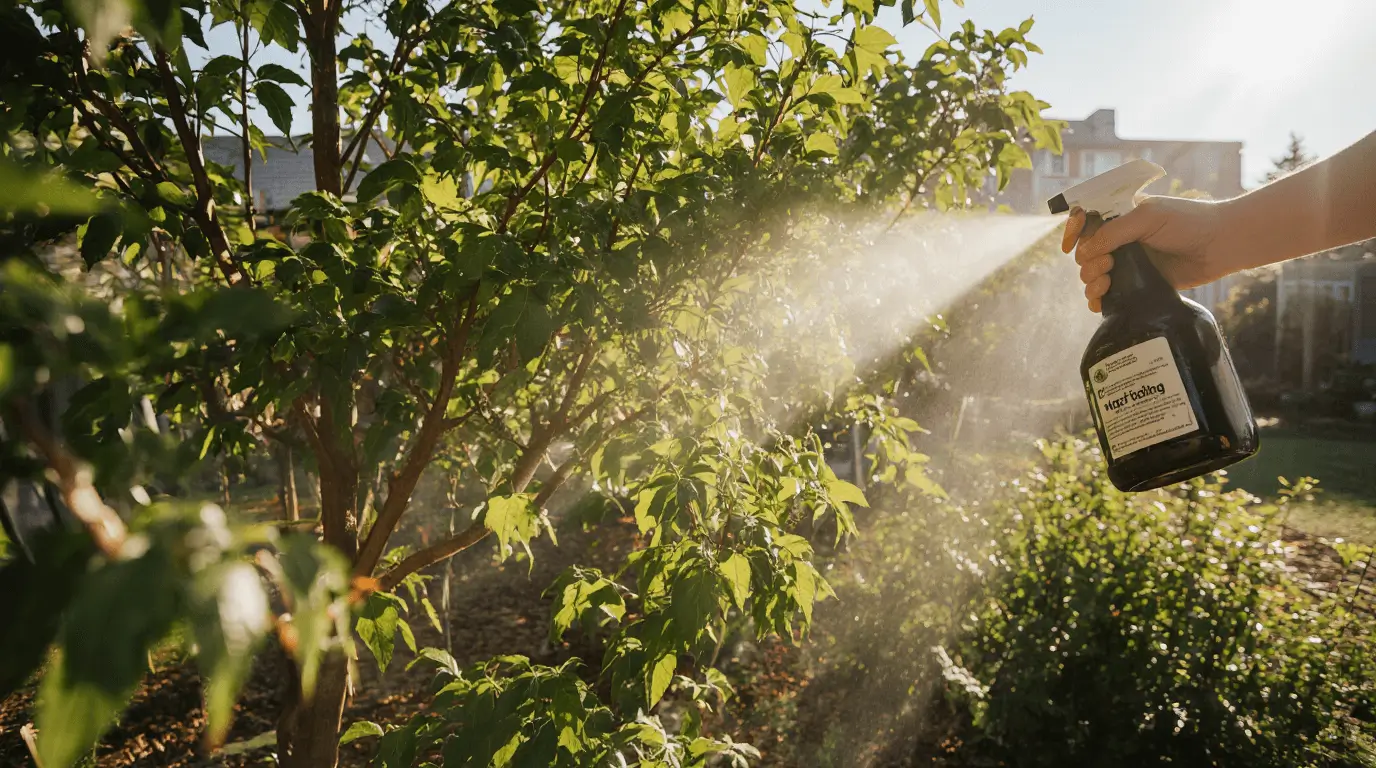
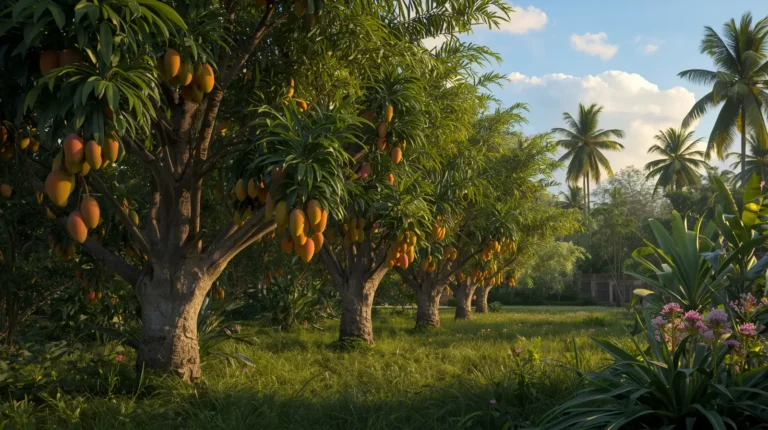
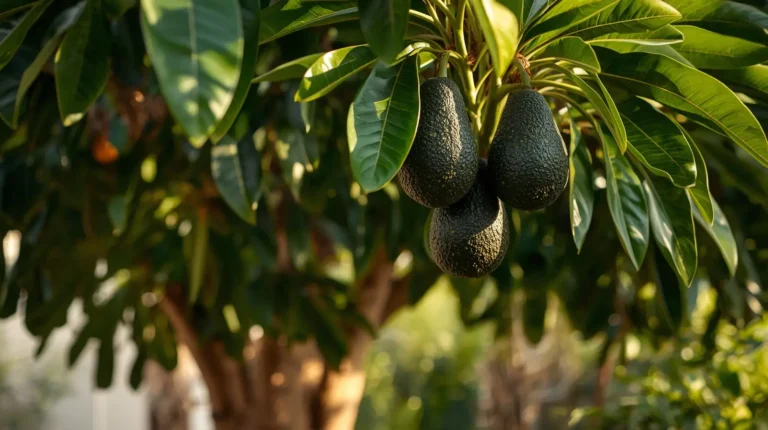

[…] Read Also: Tree Insect Management […]
[…] Read Also: Tree Insect Management […]
[…] Read Also: Tree Insect Management […]
[…] Read Also: Tree Insect Management […]
[…] Read Also: Tree Insect Management […]
[…] long-term health and pest prevention, explore our guide on Tree Insect Management to keep citrus and other fruit trees thriving […]
[…] with feeding, proper pest and disease management ensures your Meyer lemon tree stays healthy […]